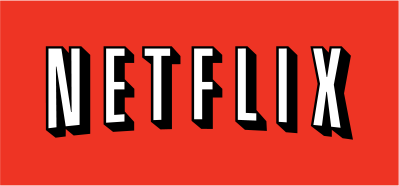Layout Editor
Photo Courtesy of Netflix
Has Netflix flown too close to the sun? The video rental behemoth has lost 800,000 subscribers and more than 75 percent of its value– amounting to a market value slip of nearly $10 billion– in the four months since it announced drastic changes to its successful rental plan.
In July, the company reported a plan to change its highly touted rental model. Instead of a $9.99-a-month payment plan that covered both mail- order movies and online streaming, users now have to pay $7.99 per month to rent one DVD at a time, while a separate plan charges $7.99 for online streaming only. In order to take advantage of both services, users
need to shell out $15.98. From July to September, Netflix stock dropped nearly 50 percent as users revolted against the impending changes. In two months, the company lost
half of its value.
To compound the damage that resulted from the price hike, Netflix alienated more customers in September by attempting to expand its repertoire of services. The company decided that despite its wildly successful movies-by-mail operation, the future lay in streaming video online rather than sending DVDs to customers’ homes. In an
unprecedented move, Netflix split its services into two websites– a new site, Qwikster, which would take over the business of sending movies via mail, while the original Netflix.com site would be used exclusively for streaming video.
The new system was almost immediately unpopular, which did not do Netflix any favors. By Oct. 25, Netflix stock closed at $77.37, compared to the record high of $305 that it reached back on July 13. The company’s worth lies a full 75 percent lower than where it stood prior to the announcement of the price hikes three months ago. To put this in perspective, the market value
of the once nearly ubiquitous video rental service has shrunk by about $9.76 billion since July.
Netflix misjudged the way that the market would receive its Qwikster announcement; an attempt to streamline its service came at the wrong time when consumers were frustrated, confused and looking for stability over an upheaval.
“We moved too quickly,” Netflix CEO Reed Hastings told ABC News. “We didn’t give it enough thought. We didn’t give it enough explanation, enough
integration, and you know, that’s legitimately caused our customers to be angry.”
Netflix executives, taking a hint from the public’s widespread and furious response to the changes, rescinded the new two-site plan– but not the price hikes– within a month of its inception. Qwikster was dead, but the damage was already done. Regardless of whether or not the shift to video streaming was a smart business choice, consumers did not respond well to
the way that the new plan was presented, and that made all the difference.
“I think part of the problem was that Netflix didn’t communicate the change very well – they didn’t do a lot of customer outreach, in any case,” said Ryan Lawler, an editor at technology blog GigaOM. “No one likes a price hike, but they exacerbated things with the Qwikster announcement.”
Although Netflix has made some unpopular decisions in the past four months, its actions reflect a commitment to long-range success. The company has certainly taken a fiscal beating of late, but it will still continue with plans to make the shift from mailing DVDs to streaming video. The largest effect of the episode, in the end, may be a more customer-friendly, slower-moving Netflix that enacts its goals with customer satisfaction in mind.
“They’ve definitely learned a lesson from all of this,” said Lawler. “I think they’re going to be a lot more cognizant of customer desires and of what
the market is asking for, but they have a long road ahead of them.”


















Comments are closed.